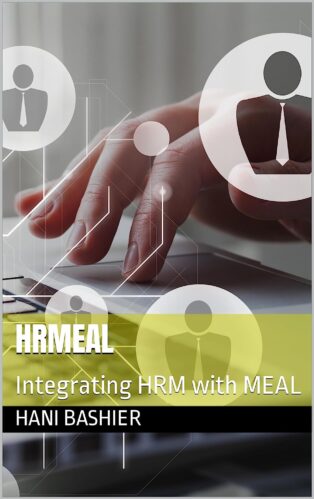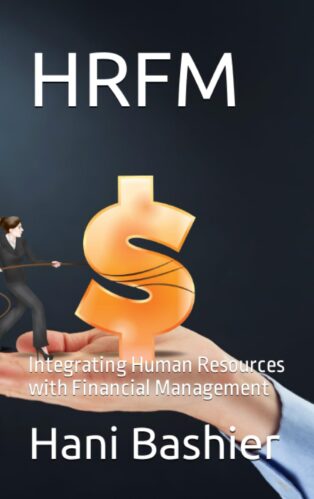Deciding Between a Result Chain and a Logical Framework: A Comprehensive Analysis
When planning, implementing, and evaluating development projects or programs, two widely-used management tools are the result chain and the logical framework (logframe). Both tools provide a structured approach to designing and monitoring interventions, but they serve different purposes and have distinct advantages and disadvantages. In this unique and unrepeatable article, we will explore the key features, strengths, and weaknesses of each tool, and provide guidance on when to use a result chain and when to use a logical framework, covering the following topics:
- Introducing the result chain and the logical framework
- Comparing the key features of result chains and logical frameworks
- Understanding the strengths and weaknesses of each tool
- Assessing the suitability of result chains and logical frameworks for different contexts and purposes
- Combining and integrating result chains and logical frameworks for enhanced project management
1. Introducing the Result Chain and the Logical Framework
A result chain is a visual representation of the sequence of events and causal relationships that link inputs, activities, outputs, outcomes, and impacts in a project or program. It is a key component of the Monitoring, Evaluation, Accountability, and Learning (MEAL) framework, providing a structured approach to planning, implementing, and assessing interventions.
A logical framework (logframe), on the other hand, is a matrix that presents the key elements of a project or program in a concise and systematic manner, focusing on the objectives, indicators, means of verification, and assumptions. It is a popular tool for project design, monitoring, and evaluation, used by development practitioners, donors, and implementing agencies.
2. Comparing the Key Features of Result Chains and Logical Frameworks
Result Chain
- Structure: A result chain is depicted as a flowchart or diagram, illustrating the relationships and causal links between inputs, activities, outputs, outcomes, and impacts.
- Focus: It emphasizes the theory of change, outlining the hypothesized pathways and causal relationships between interventions and their intended results.
- Purpose: A result chain serves to clarify the program’s theory of change, support the identification and definition of indicators, facilitate the design and implementation of MEAL activities, and enhance communication and reporting.
Logical Framework
- Structure: A logframe is presented as a matrix, typically consisting of four columns (objectives, indicators, means of verification, and assumptions) and four rows (goal, purpose, outputs, and activities).
- Focus: It centers on the project’s objectives and indicators, providing a systematic and concise overview of the project’s components.
- Purpose: A logframe serves to guide project design, management, and monitoring, ensuring that objectives are specific, measurable, achievable, relevant, and time-bound (SMART), and that indicators are appropriate and robust.
3. Understanding the Strengths and Weaknesses of Each Tool
Result Chain
Strengths
- Provides a clear and visual representation of the project’s theory of change, making it easy to understand and communicate the logic and rationale underpinning the intervention.
- Facilitates the identification and definition of indicators at different levels of the chain, supporting the design and implementation of MEAL activities.
- Encourages a focus on causal relationships and underlying assumptions, promoting critical thinking and analysis throughout the project cycle.
Weaknesses
- Can become overly complex and difficult to manage, particularly for large or multi-component projects.
- May not provide sufficient detail on the specific objectives, indicators, means of verification, and assumptions required for effective project management and monitoring.
- Can be time-consuming to develop and update, especially if it involves extensive consultation and validation with stakeholders and partners.
Logical Framework
Strengths
- Presents a concise and systematic overview of the project’s components, making it easy to review and reference during the project cycle.
- Facilitates the alignment of objectives and indicators with donor requirements and reporting standards, enhancing project accountability and transparency.
- Encourages the use of SMART objectives and robust indicators, promoting rigor and quality in project design, management, and monitoring.
Weaknesses
- Can be overly rigid and prescriptive, limiting opportunities for flexibility, adaptation, and learning during the project cycle.
- May not adequately capture the complexity and nuance of the project’s theory of change, leading to oversimplification or misrepresentation of causal relationships and assumptions.
- Can be perceived as a bureaucratic or donor-driven tool, detracting from the focus on local needs, priorities, and context.
4. Assessing the Suitability of Result Chains and Logical Frameworks for Different Contexts and Purposes
When to Use a Result Chain
- When the project’s theory of change is complex, and a visual representation is necessary to clarify and communicate the logic and rationale of the intervention.
- When the focus is on designing and implementing MEAL activities, and a detailed understanding of the causal relationships and indicators is required.
- When the project is subject toadaptive management, and flexibility and learning are essential to respond to changing contexts and emerging evidence.
When to Use a Logical Framework
- When the project’s objectives, indicators, means of verification, and assumptions need to be presented concisely and systematically for easy reference and review.
- When aligning with donor requirements and reporting standards is a priority, and a clear, structured overview of the project’s components is necessary.
- When the project’s theory of change is relatively simple, and a matrix format provides sufficient detail to guide project design, management, and monitoring.
5. Combining and Integrating Result Chains and Logical Frameworks for Enhanced Project Management
While result chains and logical frameworks have distinct features, strengths, and weaknesses, they can be complementary and integrated for enhanced project management. Here are some recommendations for combining and integrating these tools:
- Develop a result chain during the project design phase to clarify and validate the theory of change, involving stakeholders and partners to ensure buy-in and ownership. This will provide a solid foundation for defining objectives, indicators, means of verification, and assumptions in the logical framework.
- Use the result chain to guide the identification and definition of indicators at different levels of the chain, ensuring that they are relevant, robust, and aligned with the project’s theory of change. This will enhance the quality and rigor of the monitoring and evaluation activities.
- Incorporate the result chain into the logical framework by including a visual representation of the chain in the project document or annex. This will provide a more comprehensive and integrated overview of the project, facilitating communication and reporting.
- Update the result chain and logical framework regularly to reflect changes in the project’s context, assumptions, and evidence base. This will ensure that the tools remain relevant, accurate, and useful throughout the project cycle.
- Use the result chain and logical framework as complementary tools for learning and adaptation, recognizing that both tools provide valuable insights and perspectives on the project’s progress and performance. This will support evidence-based decision-making and adaptive management, enhancing the project’s effectiveness and impact.
In conclusion, while result chains and logical frameworks serve different purposes and have distinct advantages and disadvantages, they can be used effectively in combination to support project design, management, and monitoring. By understanding the key features, strengths, and weaknesses of each tool and assessing their suitability for different contexts and purposes, development practitioners can make informed decisions about when to use a result chain and when to use a logical framework, maximizing their potential for enhancing project effectiveness and impact.








